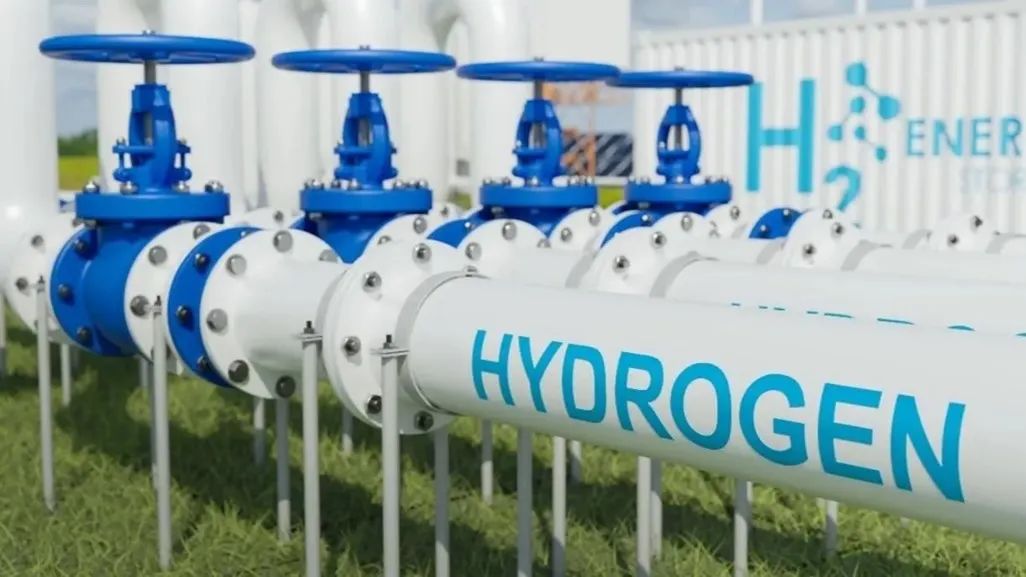NETL has released two new cost models designed to calculate the costs associated with using new pipelines to transport pure hydrogen and transporting hydrogen-containing natural gas through existing natural gas pipelines. These key tools will help businesses participating in the hydrogen economy make better-informed decisions that will help meet the nation’s decarbonization goals.
For example, these tools are available to entities participating in the recent Hydrogen Hub program selected by the U.S. Department of Energy (DOE) and funded by the Bipartisan Infrastructure Act. This will accelerate the commercial-scale deployment of clean hydrogen and help generate clean, dispatchable electricity; create a new form of energy storage; and decarbonize heavy industry and transportation. Accurately estimating pipeline transportation costs may play a key role in the success of these projects, where connecting hydrogen producers with hydrogen users is a critical factor in their success.
The Office of Fossil Energy and Carbon Management (FECM)/NETL Hydrogen Pipeline Cost Model (H2_P_COM) is a Microsoft® Excel-based tool for estimating the cost of transporting hydrogen through a new pipeline from a hydrogen source (e.g., a hydrogen production facility) to its final destination, which may be a hydrogen user or a hydrogen distribution center. The user specifies input values such as the annual average hydrogen mass flow rate, capacity factor, pipeline length, elevation change along the pipeline, number of compressor stations, number of years in operation, and several financial variables including the price of transporting hydrogen. The model generates revenues and costs for the pipeline and calculates the net present value (NPV) of the project, where an NPV greater than zero means that the price charged is high enough to cover all costs, including financing costs.
The FECM/NETL Hydrogen-Containing Natural Gas Pipeline Cost Model (NG-H2_P_COM) is a Microsoft® Excel-based tool used to estimate the cost of upgrading an existing natural gas pipeline so that it can be used to transport natural gas with hydrogen content of up to 20% to 25%. The cost of upgrading an existing natural gas pipeline depends on the condition of the pipeline and the percentage of hydrogen in the natural gas. If the percentage of hydrogen in the natural gas is less than 5 percent, some existing natural gas pipelines can transport the mixture without upgrading. For mixtures closer to 25%, existing natural gas pipelines may need to replace all compressors and some pipe segments. The user of the model must specify the upgrades required and the model will calculate the cost of the upgrades and the cost of operating the pipeline.
As part of the development of NG-H2_P_COM, the development team released a document comparing the results of NG-H2_P_COM with those of another techno-economic modeling tool developed by the National Renewable Energy Laboratory called BlendPATH. The two models were run using the same or similar inputs and the resulting costs and cash flows were compared. There was reasonable agreement in the results between the two models. The release of these two tools highlights the growing capabilities of NETL’s techno-economic analysis and will support the development of new supply chains and decarbonization technologies needed for the clean energy transition.
NETL is a U.S. Department of Energy (DOE) national laboratory dedicated to driving innovation and providing solutions for an environmentally sustainable and prosperous energy future. Through the use of its world-class talent and research facilities, NETL is securing affordable, abundant, and reliable energy to drive a strong economy and national security, while developing technologies to manage carbon throughout its life cycle and achieve environmental sustainability for all Americans.

